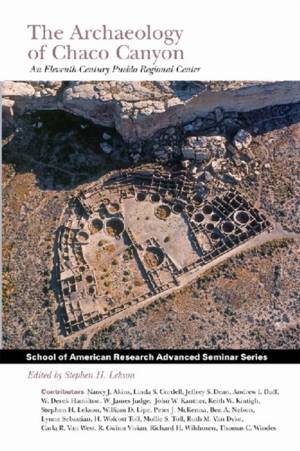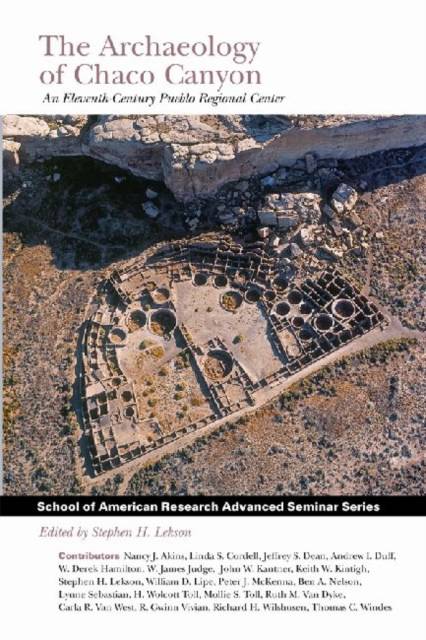
- Retrait gratuit dans votre magasin Club
- 7.000.000 titres dans notre catalogue
- Payer en toute sécurité
- Toujours un magasin près de chez vous
- Retrait gratuit dans votre magasin Club
- 7.000.000 titres dans notre catalogue
- Payer en toute sécurité
- Toujours un magasin près de chez vous
Archaeology of Chaco Canyon
An Eleventh-Century Pueblo Regional Center
Description
The site of a great Ancestral Pueblo center in the 11th and 12th centuries AD, the ruins in Chaco Canyon look like a city to some archaeologists, a ceremonial center to others. Chaco and the people who created its monumental great houses, extensive roads, and network of outlying settlements remain an enigma in American archaeology. Two decades after the latest and largest program of field research at Chaco (the National Park Service's Chaco Project from 1971 to 1982) the original researchers and other leading Chaco scholars convened to evaluate what they now know about Chaco in light of new theories and new data. Those meetings culminated in an advanced seminar at the School of American Research, where the Chaco Project itself was born in 1968. In this capstone volume, the contributors address central archaeological themes, including environment, organization of production, architecture, regional issues, and society and polity. They place Chaco in its time and in its region, considering what came before and after its heyday and its neighbors to the north and south, including Mesoamerica.
Spécifications
Parties prenantes
- Editeur:
Contenu
- Nombre de pages :
- 560
- Langue:
- Anglais
- Collection :
Caractéristiques
- EAN:
- 9781930618480
- Date de parution :
- 21-03-06
- Format:
- Livre broché
- Format numérique:
- Trade paperback (VS)
- Dimensions :
- 150 mm x 229 mm
- Poids :
- 816 g






